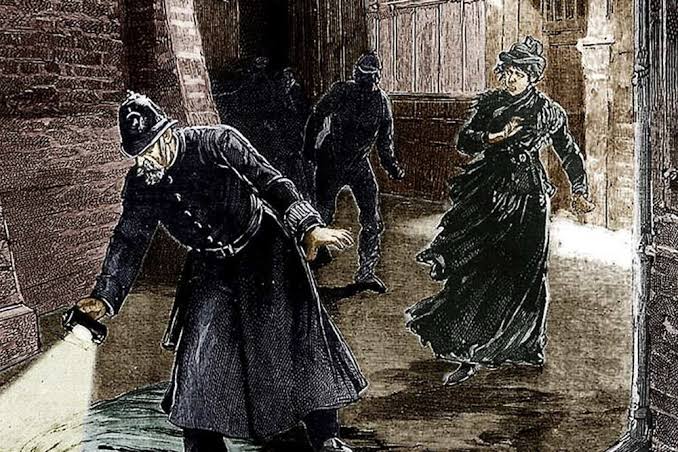
Jack the Ripper Murders
Jonny McCullagh
The Jack the Ripper murders, which occurred in the Whitechapel district of London in 1888, are among the most infamous unsolved crimes in history. The killer, dubbed “Jack the Ripper” due to taunting letters sent to the press and police, targeted female victims, primarily prostitutes, in the impoverished East End. Five canonical victims—Mary Ann Nichols, Annie Chapman, Elizabeth Stride, Catherine Eddowes, and Mary Jane Kelly—were murdered between August and November 1888. The crimes were marked by gruesome mutilations, suggesting both a chilling precision and possibly medical knowledge. The public and media were gripped by fear, exacerbated by the failure of law enforcement to apprehend the perpetrator despite extensive investigations. The identity of Jack the Ripper remains a subject of speculation and debate. Numerous suspects, including local residents, medical practitioners, and even members of the aristocracy, have been proposed over the years. The case has become a focal point for criminologists, historians, and enthusiasts of true crime, with theories ranging from conspiracy plots to lone madmen. The murders highlighted the socioeconomic disparities of Victorian London and the limitations of contemporary policing methods, leaving a legacy that continues to influence both the cultural imagination and the study of criminal behavior.